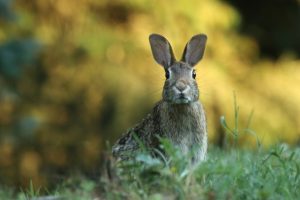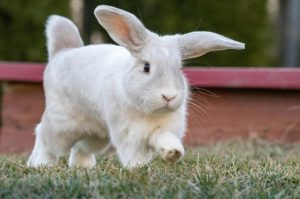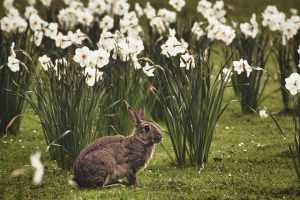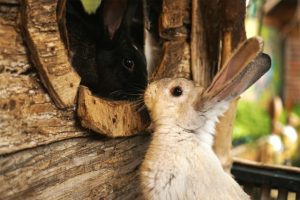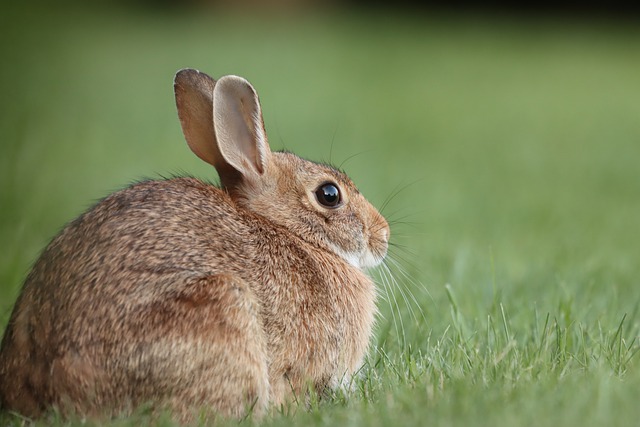
There is a distinct difference between the domesticated bunnies that you know so well and the wild rabbits that hop through your yard leaving their little pebble faeces everywhere.
Contents
These wild rabbits will make a nest for their young in an area where there is some longer grass. This is done as a way to protect the young. Although it may seem like it, the mother has not abandoned her young bunnies. She will only visit them once in the morning and also once at night. This is done for nursing.
When the mother leaves the nest, it is instinct to protect her young ones in any way she can. If she is at the nest, those mean predators are going to come after her. If they come to her to make her their prey, they will likely sense the babies hiding in the burrow.
This is not a good sign for the mother or the babies.
Wild versus Domesticated
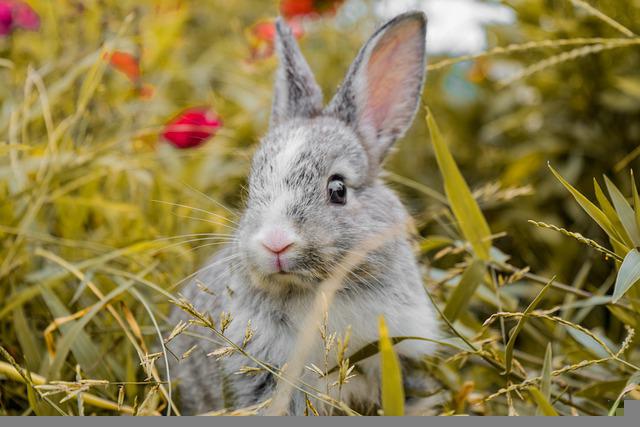
This is likely a given and easily understood. Your domesticated rabbit is not going to have a nest out in the yard that you need to be watching for as you mow the grass in your yard.
The Wild Rabbit is actually very self-sufficient and independent of your Domesticated bunny.
The wild rabbits know how to make a nest when they are ready to have a litter and they also know how to track a sufficient amount of food for themselves.
This may not be a complete choice of their own, however, your domesticated bunny will have no choice other than to rely on the loving human to bring them food every day. The human is also going to clean the hutch so that the rabbit always has a clean place.
When it comes to babies, your domesticated rabbit will have her litter somewhere in the hutch that has been provided for her living.
Your Yard
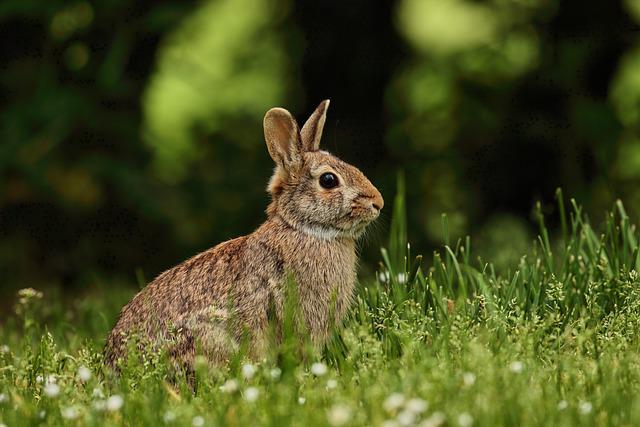
Be sure to be mindful of where you are riding your lawn mower when cutting grass. This may not seem like much more than a hole to you, it could, however, be home to a batch of kits. These kits will be sleeping and likely waiting for their mother to return to feed them.
If you happen to find a nest of bunnies, for safety sake, flip an empty laundry basket over the top of the nest. Then place a heavier stone or rock on top of the basket. Just be sure to remove the basket at night so that the Mother can show up and feed those babies.
The Nest
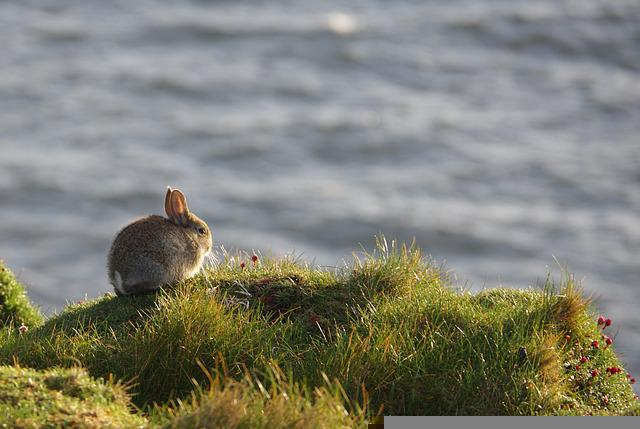
It is a given that the mother rabbit is going to be responsible for constructing a nest for when the time comes to give birth. The majority of the Rabbit mothers are going to design a somewhat shallow basin-type nest.
The female rabbit is not going to use just twigs and grass to construct the nest for her babies. She is going to use fur that she has pulled out of her own coat, then she will also use some grass and other foliage to finish the construction.
Nest Location
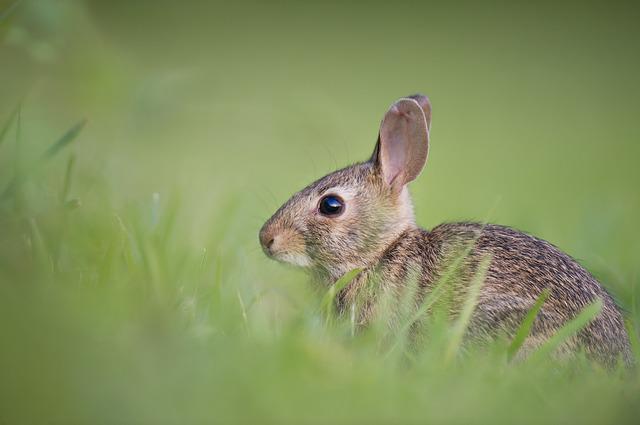
As strange as it is, the mother rabbit will make the nest in an open and conspicuous spot. The location will have a brush or other long grass or foliage growing very near it. She may choose a spot under a bunch of brush that has been removed from downed trees, the nest may also be in strips of a field or the centre of your yard.
Nest Timeline
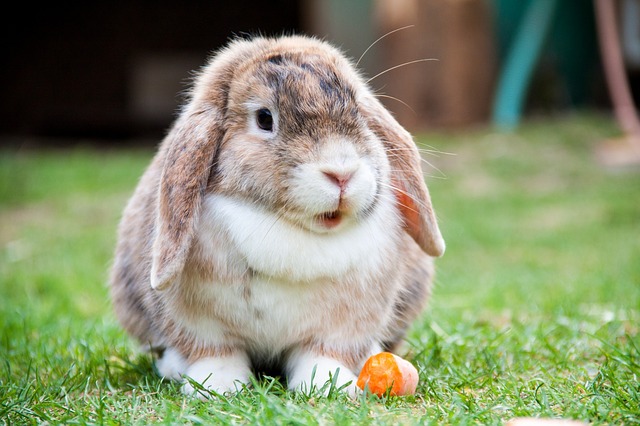
When the baby rabbits are born, they are nursed for roughly five minutes total a day. The baby rabbit is born with no hearing and no eyesight. At this point, they are completely reliant on their mother. She will be there to feed as it is needed.
Her lack of presence around the nest is done for multiple reasons. The main one is to protect the baby bunnies from the predators that always seem to be around. Therefore, the mother will only return to the nest twice a day, at dawn and at dusk for the feedings. The remainder of the time she is out looking for food, or safely hiding a short distance away and ready to hop in and protect her little ones if a predator comes close.
The second reason is more as if the mother is rushing the babies to learn to deal with life on their own. When they are born, they are wholly reliant on their mother. The baby bunnies are unable to see or hear anything.
By the time they are three weeks old, they are ready to leave the nest and begin the starting point of their lives. They will begin to search for their own food, they will begin to learn the warning sounds and feels of a predator approaching which means that they will learn to run and hide. The two most important survival skills that the rabbit has are the ability to locate its own food and also to run and hide from any and all predators.
Reuse of the Nest
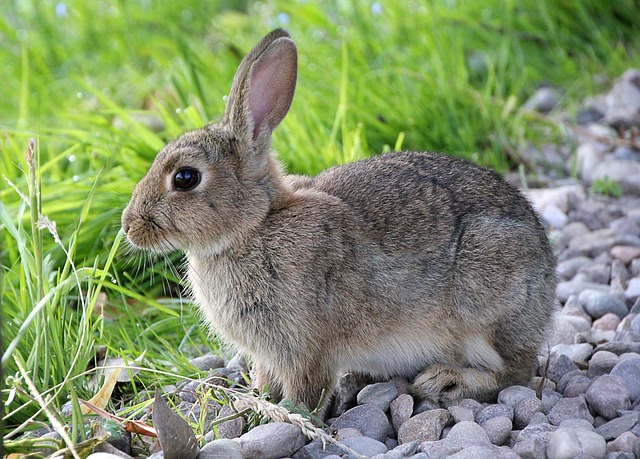
Most Scientists and Researchers believe that a Rabbit will reuse the same nest each year, at least for a few years. Of course, it depends on how well protected the babies are if the nest is in a good location and not seen easily.
The mother rabbit has a lot to consider before settling on a nest location. She is not going to build one that is really close to where a predator resides or seems to be at for quite a bit of time.
She wants an area that is out of the way, yet not too far. This is believed to be due to the thought that if she is not at the nest, predators will not realize the nest is there.
However, she doesn't want it to be too far of a distance away from where there is woods, a grove of trees or any other protection.
The location also needs to have some type of protection from nature. Out in the open with a very intense storm is likely to flood the babies out.
The nesting season for rabbits lasts from late February to early July. It is safe to assume that by mid-August, all the baby bunnies have left the nest. For those who have nested on their private property, this is the time when you would be able to trim the grass in the area and take care of other gardening or yard work in the vicinity of the Rabbit nest.
However, since it is a common belief that rabbits will use the nest for multiple years, do not destroy the nest. Your furry friend will likely be back in a few short months to use it again.
All Alone
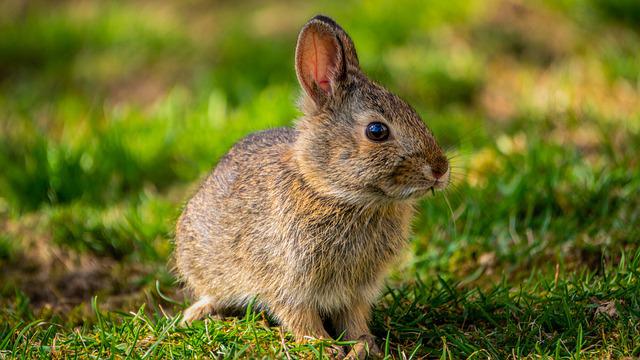
As mentioned, the baby rabbits are left alone for the majority of the time in the nest. This is not because the mother rabbit does not care, it is because she does care!
The thought process is something that resembles the fact that if a predator sees the mother rabbit at the nest, that predator is going to know there are little ones in the nest. This means that the mother rabbit does not sit on the nest the entire day and night. It appears that she has abandoned her babies, yet, in reality, it is her way of protecting them.
She will return to the nest at dawn to nurse her babies and make sure they eat, she will also return at dusk for the same purpose.
The babies are never completely alone. In actuality, the mother is not even that far away from the nest when she is not there. She is off in the distance, resting, searching for food and watching the nest.
She will fight for her babies if she does see a predator around the nest. This may mean that what she does is distract the predator and in essence make the predator chase her. At least she has then protected those babies.
Bunny Holes
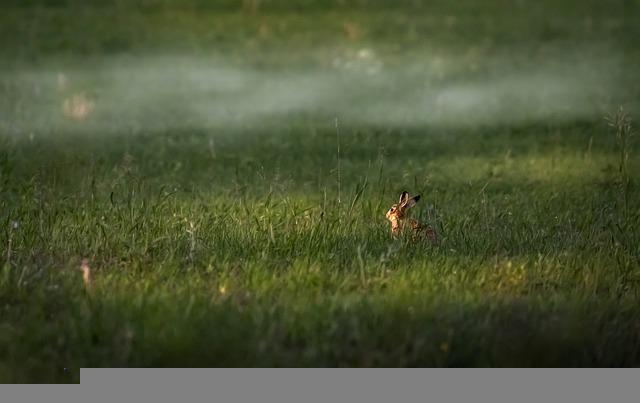
You may find that you suddenly have a yard full of odd holes, these are bunny holes. The rabbit seems to think that he or she is in charge of the territory around these holes and that it is their domain.
Some rabbits love to dig holes and use their front paws as the tools to do so. Those front legs are so strong that digging a hole seems like it is not a task at all.
Other rabbits prefer to find an out-of-the-way spot where they can curl up and hide. One popular location in the United States is those homes that have large propane tanks. These tanks are basically permanent for the time the owner of the property lives there and requires the service of the Propane Gas.
A rabbit will make its home under the tank as it is a safe spot and predators will likely not find them there. The tanks are generally close to the residence and most predators try to avoid humans.
You will notice the rabbit area due to the abundance of pellets the rabbits leave outside the area.
It is always best to not disturb the rabbit area under the tank, however, cleaning up the pellets that surround the tank is okay and likely will help the rabbit stay hidden.


